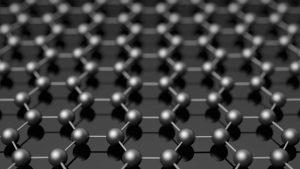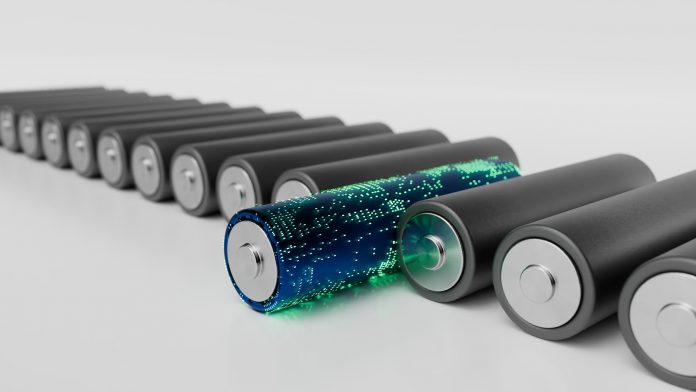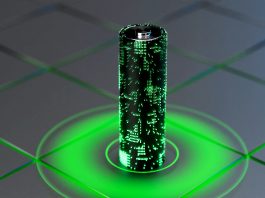Researchers are enabling fast charging and extending the battery life of lithium-ion battery technology by using titanium diboride nanosheets as an anode material.
With the electric vehicle (EV) revolution taking shape, efforts in the research and development of lithium-ion battery technology are advancing to ensure that these vehicles can be powered. To ensure that this battery technology is developed, research must focus on extending and expanding rapid-charge-discharge technology and battery life – the two major weaknesses of lithium-ion batteries.
There are a few factors that can help overcome these issues and achieve fast charging and ultralong life, for example, the diffusion of lithium ions, characteristics of the electrode-electrolyte interface, and electrode porosity.
In recent years, another solution and potential anode material has emerged for lithium-ion batteries – 2D nanomaterials. These materials are thin-sheet-like structures that have a thickness of a few nanometres, possessing a high aspect ratio and high density of active sites. This enables fast charging and superior cycling performance.
2D nanomaterials that are based on transition-metal diborides (or TMDs) are of particular interest to researchers, as TMDs have a high rate and long cycling stability for lithium-ion storage. This is due to their honeycomb planes of boron and multivalent transition-metal atoms.
Because of this, a group of scientists, led by Professor Noriyoshi Matsumi from the Japan Advanced Institute of Science and Technology (JAIST) and Professor Kabeer Jasuja from the Indian Institute of Technology (IIT) Gandhinagar, is further analysing the potential of TMDs for energy storage. The team recently led the first experimental study on the storage potential of titanium diboride (TiB2)-based hierarchical nanosheets (THNS) as an anode material for lithium-ion batteries.
The study, titled ‘Titanium Diboride-Based Hierarchical Nanosheets as Anode Material for Li-Ion Batteries,’ was published in ACS Applied Nano Materials.
Building the THNS for lithium-ion battery development
The researchers developed the THNS by oxidising TiB2 powder with hydrogen peroxide, followed by centrifuging and freeze-drying the solution.
Professor Jasuja explained that their development method is groundbreaking, stating: “What makes our work stand out is the scalability of the method developed for synthesising these TiB2 nanosheets. For any nanomaterial to translate into a tangible technology, scalability is the limiting factor.
“Our synthesis method only requires stirring and no sophisticated equipment. This is on account of the dissolution and recrystallisation behaviour exhibited by TiB2, a serendipitous discovery that makes this work a promising bridge from lab to the field.”

The team then constructed an anodic Li-ion half-cell using the THNS as active anode material. The charge-storage characteristics of the THNS-based anodes were then studied.
Studying the team’s new THNS-based anode
It was found that the THNS-based anode showed a high discharge capacity of 380 mAh/g with a current density of just 0.025 A/g. There was potential that a discharge capacity of 174 mAh/g could be achieved for a high current density of 1 A/g, with a ten-minute charge time and capacity retention of 89.7% after 1,000 cycles.
The team discovered that the THNS-based Li-ion anode could sustain very high current rates, in the order of 15 to 20 A/g, enabling ultrafast charging in approximately nine to 14 seconds. After 10,000 cycles under the high current rate, capacity retention greater than 80% was observed.
2D TiB2 nanosheets: The future of the lithium-ion battery
The study’s results highlight the potential of the 2D TiB2 nanosheets for facilitating fast charging and extending the life of the lithium-ion battery. The team also found that there is an advantage with nano-scaling bulk materials, like TiB2, to attain promising properties, including pseudocapacitive charge storage, excellent high-rate capability, and superior cyclability.
Professor Matsumi outlined the potential long-term effects of their research, explaining: “Such quick-charging technology can accelerate the diffusion of EVs and significantly decrease waiting times for charging various mobile electronic devices. We hope our findings can stimulate more research in this field, which can eventually lead to the convenience of EV users, lesser air pollution in cities, and less stressful mobile life in order to enhance the productivity of our society.”









